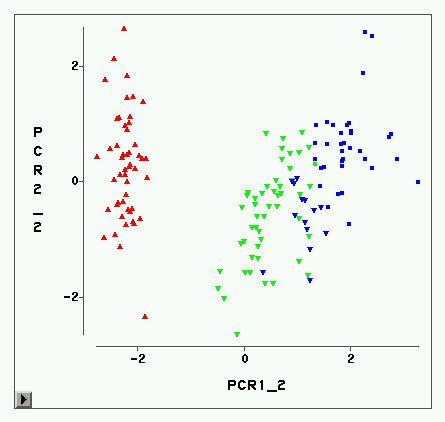Cluster assignment of large and complex images is a crucial but challenging task in pattern recognition and computer vision. In this study, we explore the possibility of employing fuzzy clustering in a deep neural network framework. Thus, we present a novel evolutionary unsupervised learning representation model with iterative optimization. It implements the deep adaptive fuzzy clustering (DAFC) strategy that learns a convolutional neural network classifier from given only unlabeled data samples. DAFC consists of a deep feature quality-verifying model and a fuzzy clustering model, where deep feature representation learning loss function and embedded fuzzy clustering with the weighted adaptive entropy is implemented. We joint fuzzy clustering to the deep reconstruction model, in which fuzzy membership is utilized to represent a clear structure of deep cluster assignments and jointly optimize for the deep representation learning and clustering. Also, the joint model evaluates current clustering performance by inspecting whether the re-sampled data from estimated bottleneck space have consistent clustering properties to progressively improve the deep clustering model. Comprehensive experiments on a variety of datasets show that the proposed method obtains a substantially better performance for both reconstruction and clustering quality when compared to the other state-of-the-art deep clustering methods, as demonstrated with the in-depth analysis in the extensive experiments.
翻译:大型和复杂图像群集分配在模式识别和计算机愿景方面是一项至关重要但具有挑战性的任务。在本研究中,我们探索了在深神经网络框架内使用模糊集聚的可能性。因此,我们提出了一个具有迭代优化的新型进化、不受监督的学习代表模式。它实施深调自化的模糊集聚(DAFC)战略,从仅给定的未贴标签的数据样本中学习进化神经网络分类器。DAFC包含一个深度特征质量验证模型和一个模糊集成模型,其中实施了深度特征学习损失功能和与加权适应性昆虫嵌入的模糊聚集。我们联合将模糊集成到深重重建模型中,其中使用模糊的成份来代表深层群集任务的明确结构,并共同优化深层代表学习和组合的优化。此外,联合模型通过检查估计的瓶颈空间的重新抽样数据是否具有连贯的组合特性,以逐步改进深度组合模型。关于各种数据集的全面实验表明,在深度分析中,拟议方法在重建和分组质量方面都取得了显著的绩效,在深层分组中与其他实验中演示。




